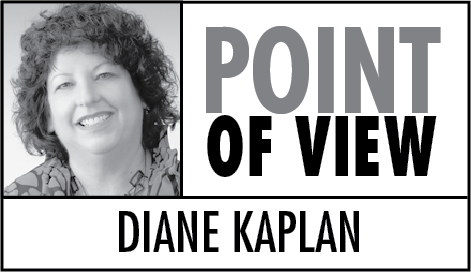Not a day goes by without Alaska’s fiscal problems making the news. Whether cuts to public services, talk of new revenues, or a downgrade of the state’s creditworthiness, it’s hard to escape the numbers.
With 737,000 people spread over 663,000 square miles, sub-$30 oil, and a pipeline that is 75 percent empty, the numbers just don’t add up like they used to do.
It’s good that Alaskans and our elected leaders are talking about the state’s fiscal problems. It would also be good if everyone could separate the myths from the facts as Alaskans look for the best answers.
Myth. Higher oil prices and/or more oil production will arrive in time to save us.
Fact. Oil prices would have to almost quadruple to fill the $3.5 billion budget gap, or production would have to more than triple. Today’s global oil market is in no shape to save Alaska. And it takes years, even a decade in some cases, to bring new oil production online.
Myth. Oil production from federal offshore leases, the Arctic National Wildlife Refuge and National Petroleum Reserve-Alaska can save us in time.
Fact. Even if a company produced oil on a federal lease, the royalty distribution would be up to the federal government, not the state. And if the lease were in federal waters, the state would receive no production taxes. No one is currently exploring in federal waters. It will take an act of Congress to open ANWR to drilling. Current expectations of NPR-A production measure in the tens of thousands of barrels a day — not the multiple hundreds of thousands of barrels needed by the state treasury.
Myth. If we just increased oil taxes, the problem would be solved.
Fact. At today’s oil prices there isn’t much profit to tax, and nowhere near enough to make a sizable dent in the state fiscal gap. Doubling oil production tax revenues this year might cover 10 percent of the fiscal gap — at best.
Myth. If we just raised taxes on the mining, fishing and timber industries, we’d be OK.
Fact. Tax revenues from those industries would have to jump more than 5,000 percent to close the state general fund gap.
Myth. The LNG project will save us.
Fact. If the project goes ahead, and if it stays on schedule, the state would start collecting revenues by 2025. Depending on market conditions, and after paying back lenders and the state’s share of operating and maintenance costs, the state general fund might be able to pocket $1 billion to $1.5 billion a year. That’s far short of today’s fiscal gap and far too far away to help today.
Myth. A statewide lottery could raise a lot of money.
Fact. Looking at Wyoming, similar to Alaska in population, the Alaska Department of Revenue estimates we could raise maybe $15 million a year if Alaska runs its own statewide lottery and joins the nationwide Powerball game. There just aren’t that many people here to buy tickets.
Myth. The 24-year-old Constitutional Budget Reserve Fund (CBR) will last long enough for something else to rescue Alaska’s finances.
Fact. At current revenue and expenditure projections, and assuming additional reasonable cuts in public services, the budget reserve could be gone by 2018. If we take steps this year to close much of the fiscal gap, the CBR could last for years as a shock absorber for low oil prices.
Myth. The Permanent Fund can help protect public services, protect our economy and still pay out an annual dividend to all Alaskans.
Fact. If we manage our investments wisely, if we trim back the annual dividend payment to a sustainable level, and if we withdraw for public service needs and resist the temptation to withdraw more for our wishes and wants, the Permanent Fund — and the dividend — can continue for generations.
The real truth is, it’s going to take multiple pieces to put together a stable long-term fiscal plan for Alaska. Every Alaskan and every industry needs to contribute. Those are facts.
Diane Kaplan is president of Rasmuson Foundation, which has launched Plan4Alaska, a public education campaign about the state’s fiscal shortfall.


